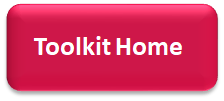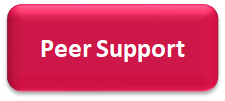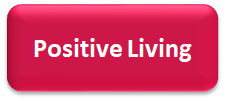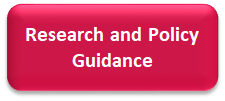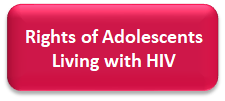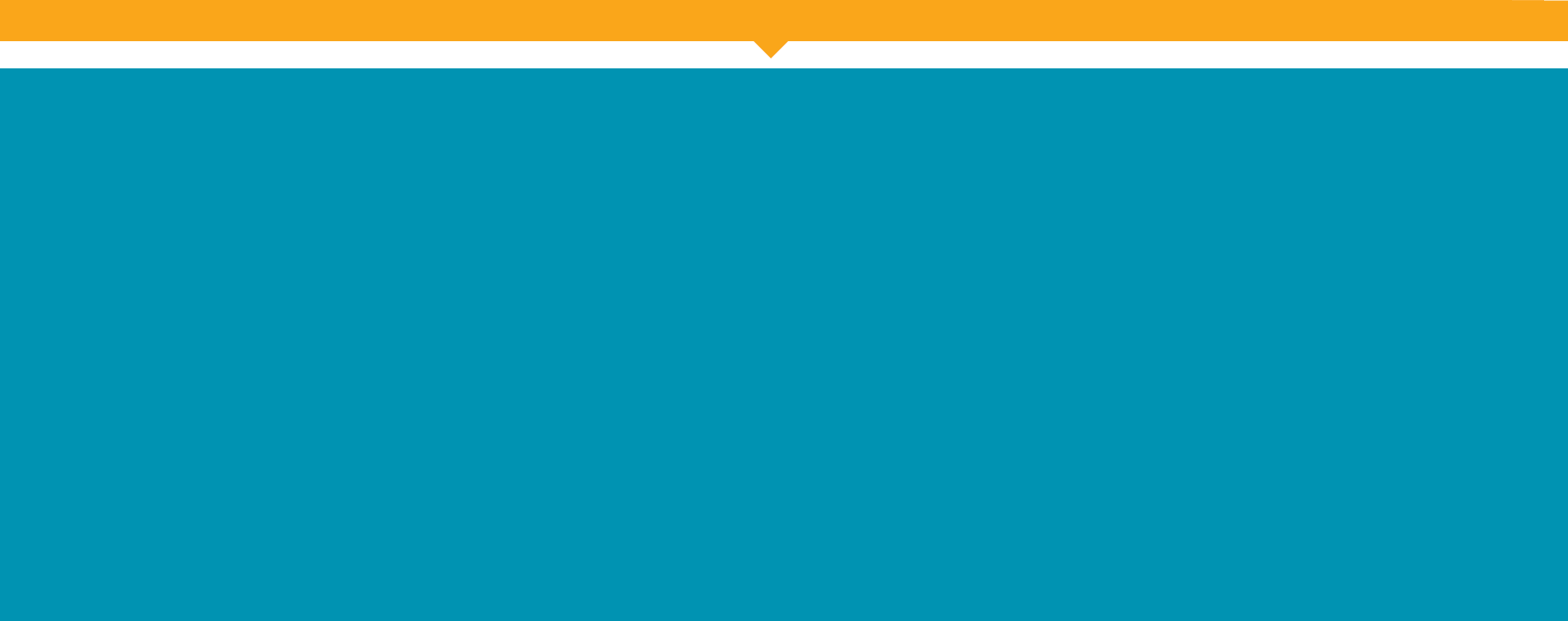
Welcome to the updated Toolkit on Adolescents Living with HIV. Originally developed by USAID, FHI360, and collaborating organizations for K4Health, YouthPower Learning revised and refreshed this resource to reflect advances in the field since its initial publication.
What is this toolkit?
As our HIV epidemic changes and grows, so too do the generation of young people living with HIV. Adolescents living with HIV represent 4% of people living with HIV worldwide, and up to 11% of new infections (UNICEF). For the nearly 2 million adolescents living with HIV globally, and the 200,000 additional adolescents infected annually, access to non-judgmental, rights-based, and affirming care and treatment is vital (UNAIDS 2019). The toolkit includes resources on testing to transition of care for adolescents and their supporters: from guidance on HIV status disclosure, tools to address self-stigma and shame, resources to embrace and advocate for the human rights of adolescents living with HIV, and recommendations for research, policy, and advocacy.
Who is this toolkit for?
This toolkit provides guidance, training, and implementation resources for service providers, advocates, policy-makers, researchers, and educators working with or designing initiatives to reach adolescents living with HIV.
How to use this toolkit:
Resources are categorized according to broad types of services and support for adolescents. Within each category, you will find training curricula, program and policy guidance, global standards, and links to additional tools. You can navigate between resources using the category buttons at the [top] of this page or by searching the database of resources by key terms, organizations , or topics using the search bar at the [top right] of the page. Categories include:
Health Services: Resources, standards, and guidance for health service providers and planners. This section includes training curricula and manuals for training service providers, job aids for use in clinical care, and global standards for quality of care in testing, treatment, and transition of care for adolescents living with HIV.
Mental and Emotional Health: Program design and delivery guides for implementers to incorporate the psycho-social needs of children and adolescents living with HIV into their health and development initiatives.
Peer Support: Curricula, guidelines, and resources for comprehensive sexuality education and peer education programs. This section includes resources, including lesson plans and activities for educators, peer counselors, and mentors who work with adolescents living with HIV.
Positive Living: Tools, guides, and support designed for adolescents living with HIV. This section includes resources directly targeted to children and adolescents living with HIV to support them to navigate their rights, disclosure, positive prevention, and treatment adherence.
Research and Policy Guidance: Systematic reviews and policy guides for progress on ending the HIV epidemic. This section includes tools for conducting ethical research, checklists and policy statements for guiding country-level responses, and updates on the global research and policy agenda.
Rights of Adolescents Living with HIV: Policy statements, training curricula, and resources related to the human rights of adolescents living with HIV. This section contains vital tools for advocates and policy makers on key issues related to the sexual and reproductive rights of adolescents living with HIV, guidance on key emerging human rights issues within the epidemic, and resources for engaging youth advocates.
In addition to the categories of resources, each resource in this toolkit includes information about the source and publication date, the type of resource, and any additional relevant information, such as whether it is available in multiple languages, if there are multiple related tools, and the intended audience. As you navigate through, keep an eye out for these main types of resources, indicated by the following icons:
![]() Training Tools: Facilitator and participant manuals and training activities designed to provide training in relevant topics for multiple audiences.
Training Tools: Facilitator and participant manuals and training activities designed to provide training in relevant topics for multiple audiences.
![]() Handbooks/Job Aids: Guidance and tools for use “on-the-job” by health providers, peer educators, advocates, or other implementers. These tools are generally succinct and task-specific.
Handbooks/Job Aids: Guidance and tools for use “on-the-job” by health providers, peer educators, advocates, or other implementers. These tools are generally succinct and task-specific.
![]() Global Standards: Minimum standards, best practices, and aspirational statements of core principles for the health and rights of adolescents living with HIV.
Global Standards: Minimum standards, best practices, and aspirational statements of core principles for the health and rights of adolescents living with HIV.
![]() Implementation Guides: Programming principles and guidelines for developing services, outreach, or advocacy with and for adolescents living with HIV.
Implementation Guides: Programming principles and guidelines for developing services, outreach, or advocacy with and for adolescents living with HIV.
![]() Curricula/Educational Tools: Educational guides, curricula documents, activities, and handbooks for conducting comprehensive sexuality education, peer education, or outreach.
Curricula/Educational Tools: Educational guides, curricula documents, activities, and handbooks for conducting comprehensive sexuality education, peer education, or outreach.
![]() Research/Best Practices: Case studies, systemic reviews, analysis of evidence, and recommendations for advancing the learning agenda on adolescents living with HIV.
Research/Best Practices: Case studies, systemic reviews, analysis of evidence, and recommendations for advancing the learning agenda on adolescents living with HIV.
Click here to download a one-page flyer on the Toolkit.

